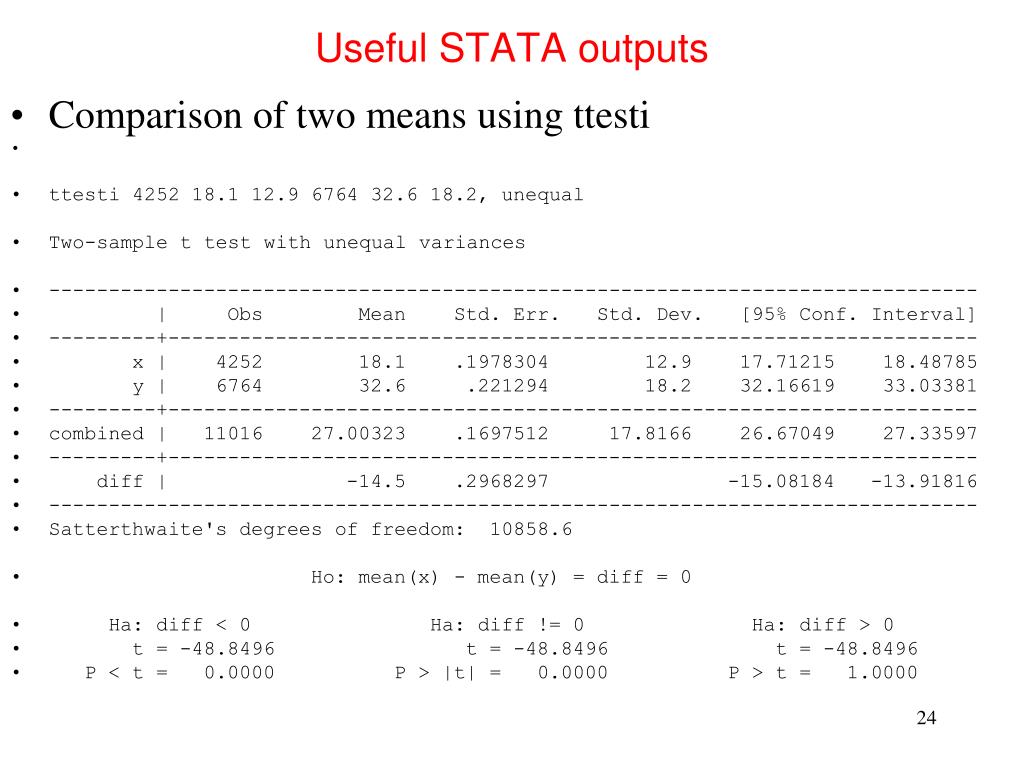

Individuals employed in agricultural occupations (such as farm workers).Individuals whose hourly pay is below the current federal minimum wage for tip-based workers ($2.13).(See, for example, Hirsch and Schumacher 2001 and Bollinger and Hirsch 2006 for research showing that using imputed wage data can be problematic.) Individuals with earnings information that has been imputed by the BLS because of missing earnings data.We exclude wages of top-coded individuals because top-coded earnings will show up as having zero wage growth, which is unlikely to be accurate. The top-code is such that the product of usual hours times usual hourly wage does not exceed an annualized wage of $100,000 before 2003 and $150,000 in the years 2003 forward. Individuals whose earnings are top-coded.We further restrict the sample by excluding the following: We convert weekly earnings to hourly by dividing usual weekly earnings by usual weekly hours or actual hours if usual hours is missing. The Census Bureau reports earnings on either a per-hour or a per-week basis. Earnings are pretax and before other deductions. The earnings data are for wage and salary earners, and refer to an individual's main job (earnings data are not collected for self-employed people).

The methodology is broadly similar to that used by Daly, Hobijn, and Wiles (2012). We use the information in these two interviews, spaced 12 months apart, to compute our wage growth statistic. Respondents answer questions about the wage and salary earnings of household members in the fourth and the last month they are surveyed. Each month, one-eighth of the households are in the sample for the first time, one-eighth for the second time, and so forth. Surveyed households are in the CPS sample four consecutive months, not interviewed for next eight months, and then in the survey again four consecutive months. (You can find an overview of the CPS on the Census website.) The survey features a rotating panel of households. Census Bureau for the Bureau of Labor Statistics. The data we use to compute the Atlanta Fed's Wage Growth Tracker are from the monthly Current Population Survey (CPS), administered by the U.S. Southeastern Rental Affordability Tracker.Community Development at the Federal Reserve.Survey and Diary of Consumer Payment Choice.Center for Workforce and Economic Opportunity.Center for Quantitative Economic Research (CQER).Center for Financial Innovation and Stability (CenFIS).Advancing Careers for Low-Income Families.Research REIN New Orleans Request Information.Research REIN Nashville Request Information.Research REIN Miami Request Information.Research REIN Jacksonville Request Information.Research REIN Birmingham Request Information.Research REIN Atlanta Request Information.


 0 kommentar(er)
0 kommentar(er)
